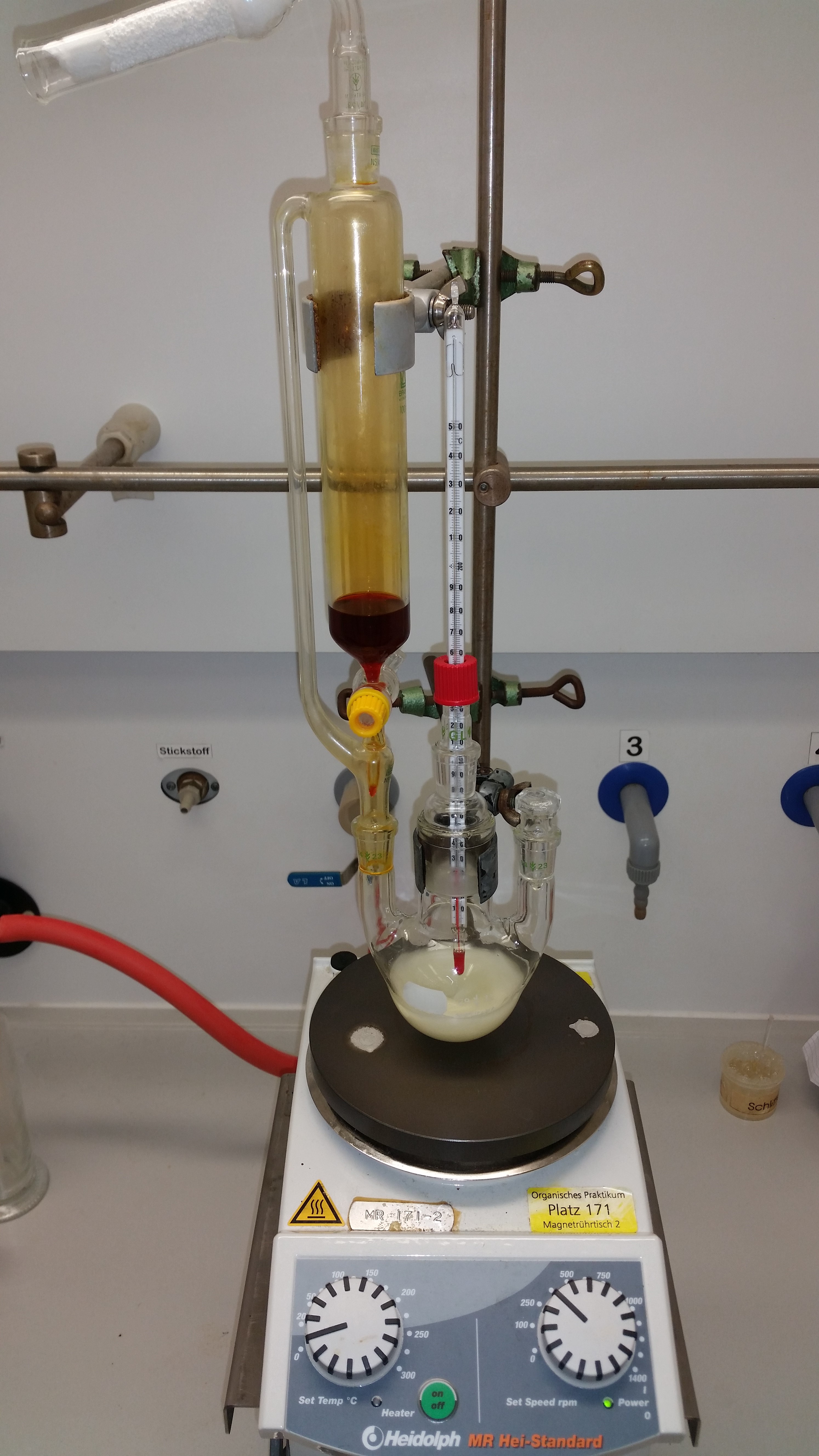

The saturation pressure at this temperature is 1.7379 bar. We will set the evaporator at - 22 ☌, 2 ☌ below the required temperature. Solution We use the NIST WebBook for the properties of ammonia. īased on average bond energy of ZrF4 in NiST Webbook. However it is possible to upload chemical structures for example (Fig. One of the most useful features of the NIST WebBook we have found is the name search, where a large selection of alternative names for a particular compound are available and searchable, greatly increasing the chance of finding the information you want on a particular substance of you do not know the lUPAC or CAS name or the CAS registry number and are not reaUy too sure of the chemical structure. The WebBook can be searched through a number of keys but unfortunately spectral searching is not one of them.
CHEMISTRY NIST WEBOOK FREE
One of the more useful free resources on the Internet for analytical chemists is the NIST WebBook http //.


A more recent and comprehensive discussion of the various experimental techniques available for measuring these properties can be found in the NIST webbook. For an interesting explanation of details of such procedures, see Bartmess and Mclver and Lias and Bartmess. For many years the experimental way of obtaining AH for a compound was from dissociation energies and electron affinity measurements. Since the IP of hydrogen is a constant equal to 313.6 kcal/mol, the enthalpy change A//, depends basically on the difference between the bond dissociation energy D iA-H), and the electron affinity EA(A). īond enthalpies from Kerr s tables95 and data in the NIST WebBook. Donor qualities (HOMO energies) of a variety of a, experimental ionization energies from the NIST webbook, n, and n donors as determined by. It is supported by most of the major chemical drawing programs and is used in such databases as PubChem (http //.gov/) and NIST Webbook (Linstrom and Mallard 2005).
CHEMISTRY NIST WEBOOK SOFTWARE
Įven though InChl is a relatively new format (the first stable version of the InChl software was published in 2005), it has already gained broad acceptance in the chem-informatics world. Cited in US National Institute of Standards and Technology (NIST) Webbook, http //. NIST- JANAF Thermochemical Tables, 4th edn. Extrapolations account for 0.6, 12.1, and 2.5 kcal/mol, respectively, out of the three first contributions.

(Most of the uncertainty derives from the heat of vaporization of graphite.) The various contributions to this result are (in kcal/mol) SCF limit 1144.4, valence CCSD correlation energy limit 359.0, connected triple excitations 31.7, inner shell correlation 7.6, scalar relativistic effects -1.2, atomic spin-orbit coupling -0.5 kcal/mol. The Wlc total atomization energy at 0 K of aniline, 1468.7 kcal/mol, is in satisfying agreement with the value obtained from heats of formation in the NIST WebBook 39), 1467.7 0.7 kcal/mol. Data for water at 273.16 K and 100 kPa from the NIST WebBook on saturation properties for water, (http // NIST WebBook. Volume of a pure phase at specified temperature and pressure. The latter are referred to as Shomate equation parameters. The NIST Webbook gives data for heat capacity over a range of temperatures, and it provides coefficients for empirical equations for heat capacity as a function of temperature for solid, liquid, and gas phases. An example is water, which has a pair of infrared absorption maxima centered at about 3780 cm and a single peak at about 1580 cm (nist webbook). There will be at least as many bands as there are degrees of freedom, but the frequencies of the normal coordinates will dominate the vibrational spectrum for simple molecules. Each mode of motion functions as an independent hamionic oscillator and, provided certain selection rules are satisfied, contributes a band to the vibrational spectr um. NIST Webbook Polyatomic molecules vibrate in a very complicated way, but, expressed in temis of their normal coordinates, atoms or groups of atoms vibrate sinusoidally in phase, with the same frequency.


 0 kommentar(er)
0 kommentar(er)
